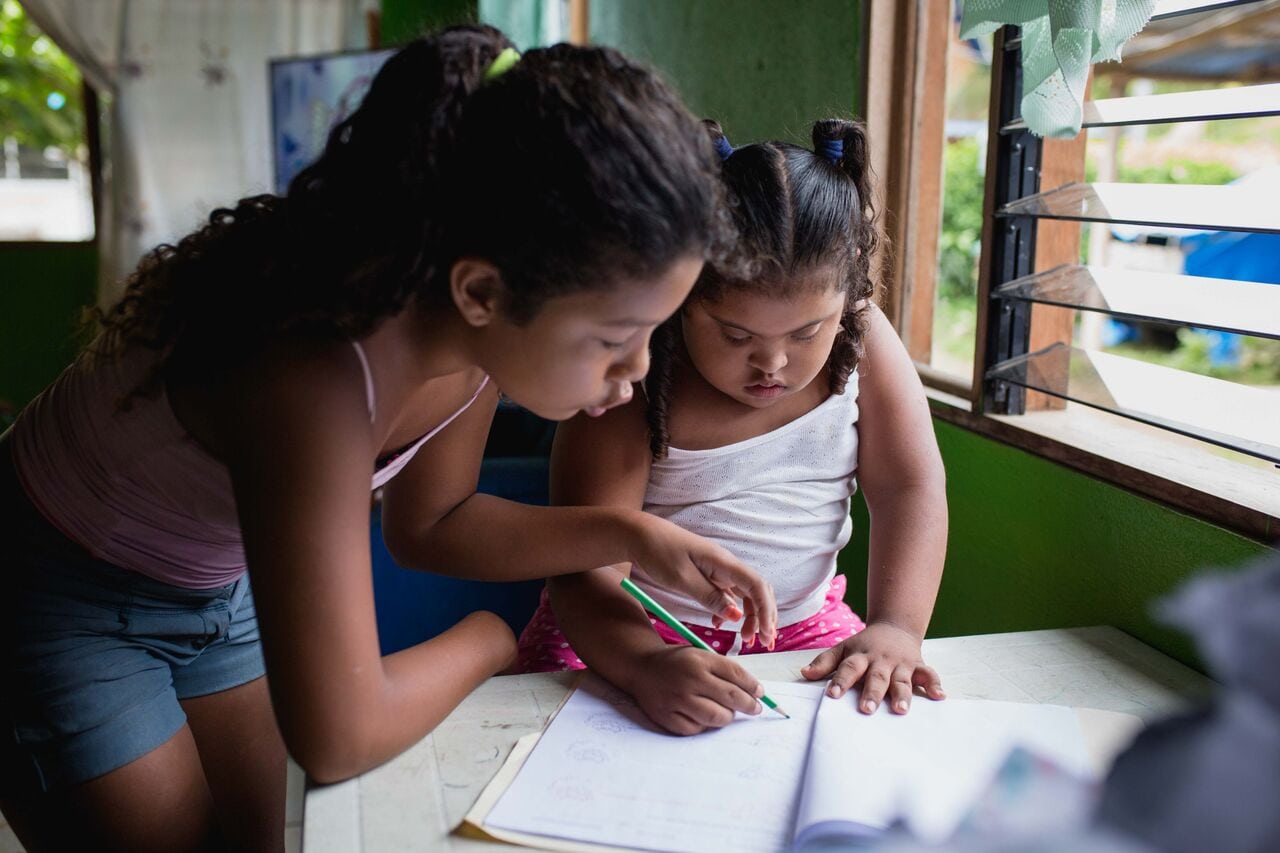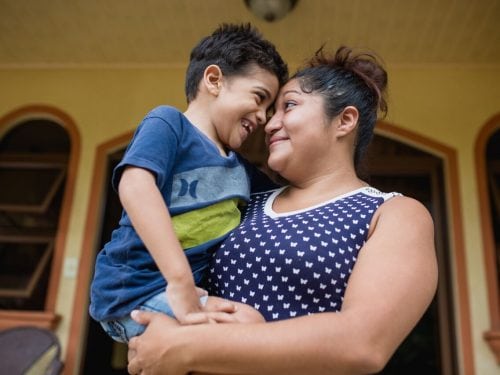
The ministry of public education (MEP) has a lot of pending tasks in Guanacaste. But one of the most urgent ones is strengthening education for children with disabilities or special needs in rural zones like Nosara.
Maybe the families of these children aren’t the ones who complain the most or make the most noise. Maybe it doesn’t seem as hot a topic as others, but they’re these children who will probably suffer the most discrimination in the education system. They don’t only have trouble learning, but they also live in impoverished conditions and they can’t afford a good private school. Often, they can’t even buy the tickets they need to get to an urban center like Nicoya in order to study in the schools that have the installed capacity to attend to their needs.
If you don’t believe us, the front-page story of this edition shows you four cases that will open your eyes. One of them is that of Ana Victoria, a girl with Down Syndrome that must go to three different schools in order to have an education that covers her needs. Another is that of Kahory, who has the same condition and who comes home without having written anything in her notebook after, in the best of circumstances, three hours of classes.
The same teachers interviewed, who are in charge of 30 or more children, say the solutions are clear. They need constant training to attend to children with different learning speeds and more personnel to be able to make the lessons worthwhile.
On the other hand, MEP must commit itself to educate not only children but entire families so that they have the teaching tools they need to continue educating their children after class.
For many of these fathers and mothers, having information about scholarships and transportation or financial aid that they can apply for in order to help the development of their children would change, for the better, a large part of their lives. Institutions must remember that their success shouldn’t only be measured by the number of people impacted, but in how efficiently they reach the most forgotten communities.







Comments